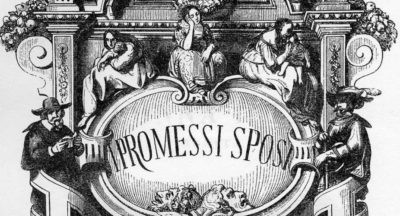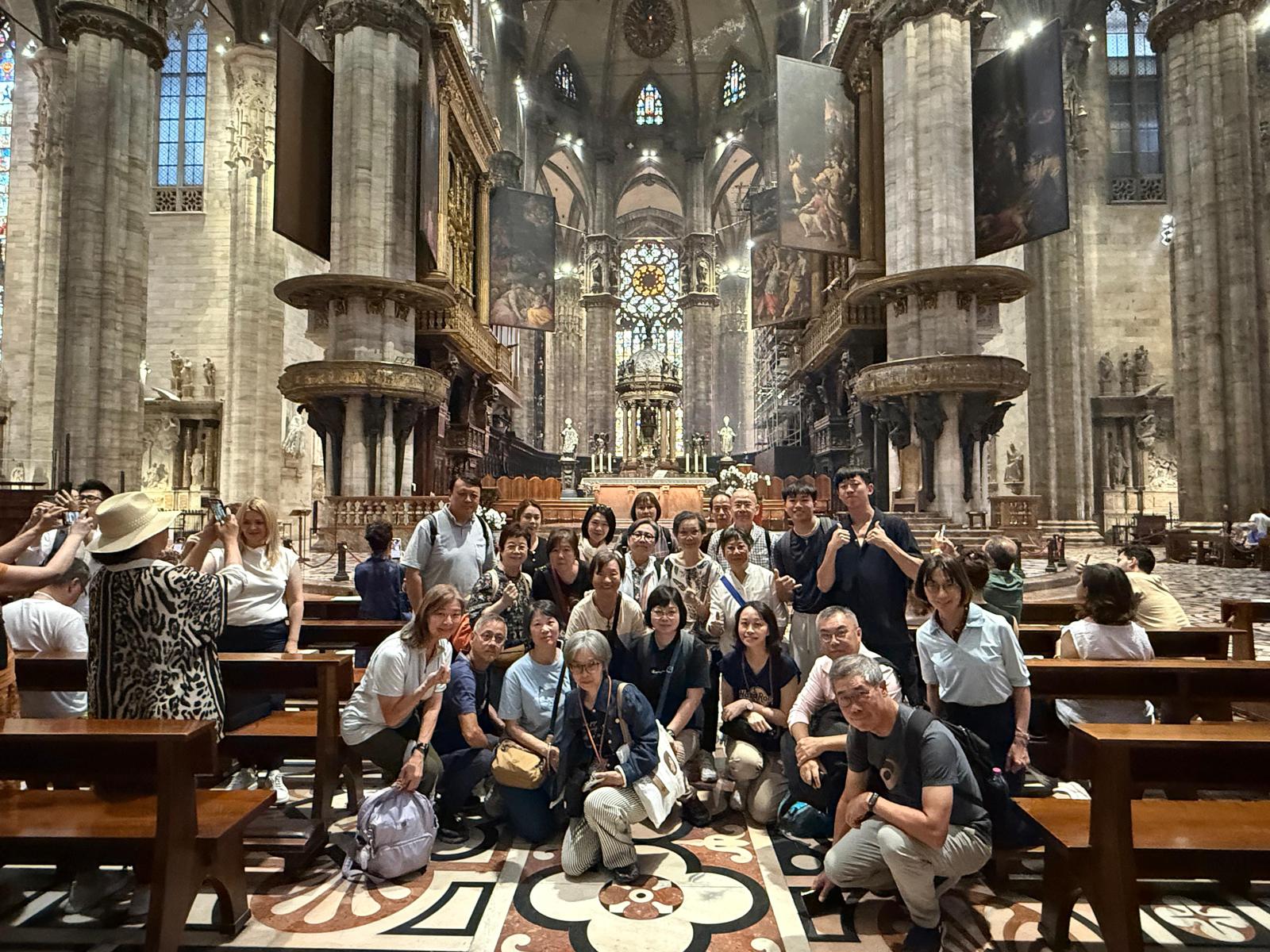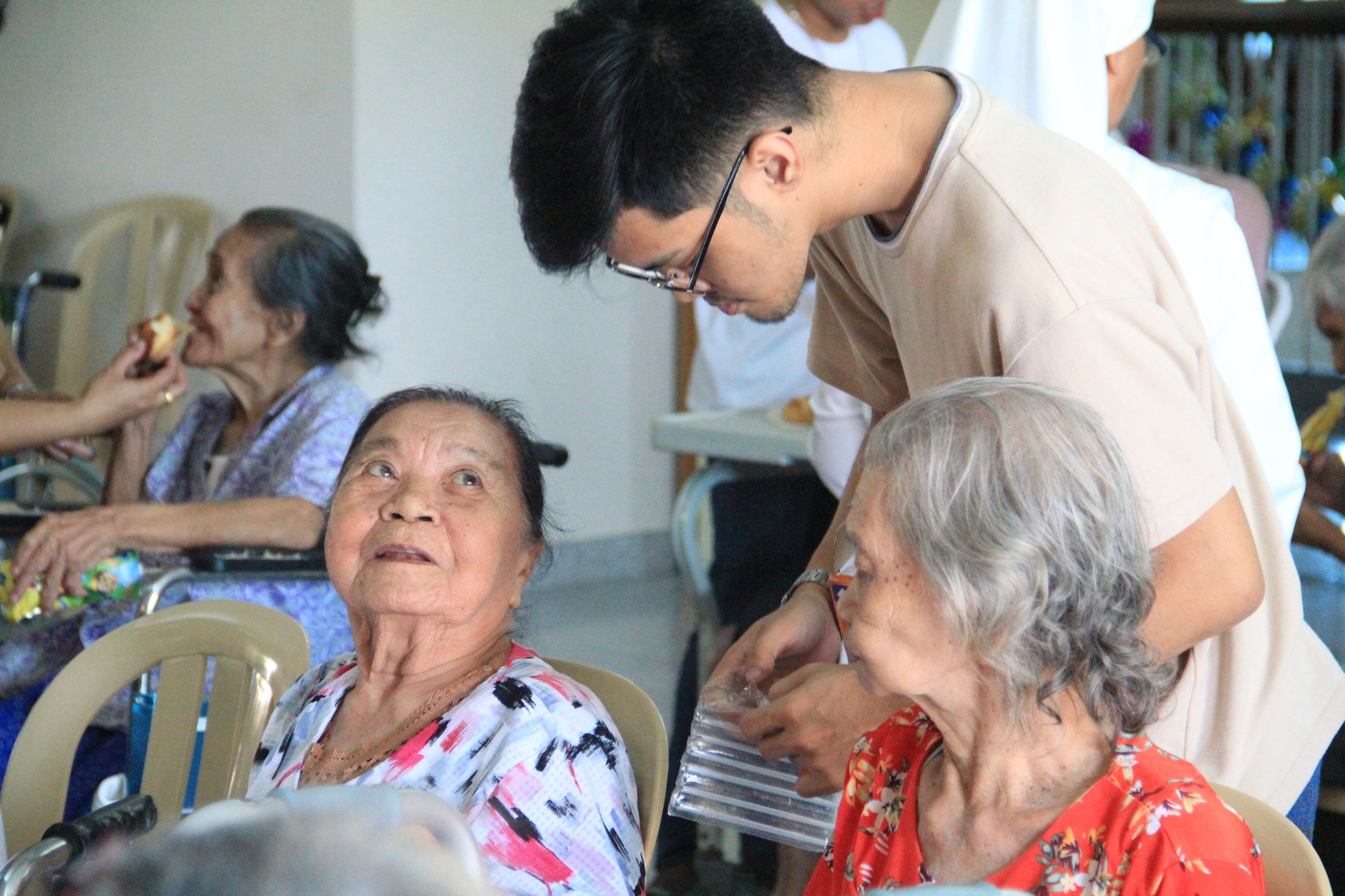– Aurelio Porfiri
“The pestilence, as the Tribunal of Health had feared, did enter the Milanese with the German troops. It is also a known fact that it was not limited to that territory, but that it spread over and a great part of Italy became desolate. Our story requires us, at present, to relate the principal circumstances of this great calamity, as far as it affected the Milanese, and principally the city of Milan itself, for the chroniclers of the period confine their relations chiefly to this place. At the same time we cannot avoid giving a general, though a brief sketch of an event in the history of our country more talked of than understood.”
No, I am not quoting here about the epidemic of Covid-19 that is plaguing the world, China and Italy included. But I am talking about another pestilence, that was terrifying and had taken many lives in the 17th century in Italy. The quotation is from I promessi sposi (“The Betrothed”), by Alessandro Manzoni (1785-1873), probably the most famous Italian novel published. Its first edition came out in the year 1827 (the English version quoted here was published in London in 1834). The disease mentioned is the one that plagued Northern Italy between 1629 and 1633, killing almost one million people. The antecedent to this bacteria was the preceding epidemic in the 14th century, that killed millions of people.
In an article by Kallie Szczepanski (thoughtco.com, August 12, 2019), he wrote: “The Black Death, a medieval pandemic that was likely the bubonic plague, is generally associated with Europe. This is not surprising since it killed an estimated one-third of the European population in the 14th century. However, the Bubonic Plague actually started in Asia and devastated many areas of that continent as well. Unfortunately, the course of the pandemic in Asia is not as thoroughly documented as it is for Europe – however, the Black Death does appear in records from across Asia in the 1330s and 1340s, noting that the disease spread terror and destruction wherever it arose.”
Why am I talking about this? There are several reasons, and there are also several differences. The most important thing is that what we have today is certainly NOT comparable to what we had then, but people are living as if it is the same thing. In Italy this week, there was a lot of discussion about the way the media had covered the epidemic of Covid-19, as if it were an announcement of the end of the world, and it is quite evident that it is not. Our time is not comparable to what was described by Manzoni, and certainly the advancement of medicine is huge in comparison to what people had back then. So, why did the media talk about this event in apocalyptic terms? Maybe because this helps to sell more copies.
It is interesting to note that during these days in Italy there was a surge in people buying this novel again, together with the one by Albert Camus, La peste (The Plague). People are afraid, cities are deserted, even if the situation between what is described by Manzoni and what we have now is hugely different. Covid-19 is highly infectious but rarely has serious consequences on people; the people who died here until now were old people with serious health issues. What I mean is that we don’t have to underestimate this epidemic, but also we should avoid treating it as angels announcing the final judgment. Of course every life that is lost is painful, but we know that seasonal influenza claims almost 8000 lives per year in Italy alone. That is an average of almost 660 people per month, 22 people every day.
Of course we need to be vigilant and contain this epidemic, but the way people are dealing with it, it seems not very different from the bubonic plague described by Manzoni. Let’s read more about it from the novel: “In all the line of country which had been over-run by the army, dead bodies had been found in the houses, as well as on the roads. Soon after, throughout the whole country, entire families were attacked with violent disorders, accompanied with unusual symptoms, which the aged only remembered to have seen at the time of the plague, which, fifty-three years before, had made a greater part of Italy desolate, and principally the Milanese, where it was and still is known by the name of the Plague of San Carlo. It derives this appellation from the noble, beneficent, and selfless conduct of that great man, who at length became its victim. Ludovico Settala, a physician distinguished so long ago as during the former plague, announced to the Tribunal of Health, by the 20th of October, that the contagion had indisputably appeared at Lecco; but no measures were taken upon this report.
“Further notices of a like import induced them to despatch a commissioner, with a physician of Como, who, most unaccountably, upon the report of an old barber of Bellano, announced that the prevailing disease arose merely from the autumnal exhalation from the marshes, aggravated by the sufferings caused by the passage of the German troops. Meanwhile, further intelligence of the new disease, and of the number of deaths, arriving from all parts, two commissioners were sent to examine the places where it had appeared, and, if necessary, to use precautions to prevent its increase. The scourge had already spread to such an extent, as to leave no doubt about its character.
“The commissioners passed through the territories of Lecco, the borders of the lake of Como, the districts of Monte-Brianza, and Gera-d’Adda, and found the villages everywhere barricaded or deserted, and the inhabitants fleeing, or encamped in the middle of the fields, or dispersed abroad throughout the country; ‘like so many wild creatures,’ says Doctor Tadino, one of the envoys, ‘they were carrying about them some imaginary safeguard against the dreaded disease, such as sprigs of mint, rue, or rosemary, and even vinegar.’ Staying abreast of the number of deaths, the commissioners became alarmed, and visiting the sick and the dead, recognised the terrible and infallible evidence of the plague! Upon this information, orders were given to close the gates of Milan.”
Now, we are always scared when we need to face an invisible enemy. At the time of Manzoni the world was not globalized, and medicine was not as advanced as it is today. So they needed to face this disease head on, as mentioned above, originally from East Asia and initially attacking North Italy (and maybe these similarities strike a chord), but then the differences, are many, even if the main method of action is very similar to what is described by Manzoni in the last phrase of the quote above, closing the door in isolation.
Manzoni also let us see how, in these unfortunate circumstances, faith can be of great consolation. He described the efforts of the Archbishop Federico (Frederick) Borromeo: “The most entire self-devotion was especially conspicuous among the clergy; at the lazarettos, in the city, their assistance was always at hand; they were found, wherever there was suffering, always attending on the sick and the dying; very often languishing and dying themselves: spiritually, they bestowed temporal succour, as far as they could. More than sixty clergymen in the city alone died from the contagion, which was nearly eight out of nine.
“Frederick, as might be expected, was an example to all; after having seen all his household perish around him, he was solicited by his family, by the first magistrates, and by the neighbouring princes, to flee from the peril, but he rejected their advice and their solicitations with the same firmness which induced him to write to the clergy of his diocese:—’Be disposed to abandon life rather than these sufferers, who are your children, and your family; go with the same joy into the midst of the pestilence, as to a certain reward, since you may, by these means, win many souls for Christ.’
“He neglected no precaution compatible with his duty: he even gave instructions to his clergy on this point; but he betrayed no anxiety, nor did he even appear to perceive danger, where it was necessary to incur it, in order to do good. He was always with the ecclesiastics, to praise and direct the zealous, and to excite the lukewarm; he visited the lazarettos to console the sick, and encourage those who assisted them; he travelled over the city, carrying aid to the miserable who were sequestered in their houses, stopping at their doors and under their windows, to listen to their complaints, and to give them words of consolation and encouragement.
“Having thus thrown himself into the midst of the contagion, it was truly wonderful that he never was attacked by it.” Even if our situation is hugely different, Manzoni gives us a very good image of how a man of the Church should sacrifice himself for his sheep. And at least this description can be of great example to all those who try to make sense of the world’s events from the perspective of faith.


 Follow
Follow


